Saving bean seeds
For many gardeners, the garden actually begins in January when the first seed catalog arrives in the mailbox.
While the cold wind howls outside, we retire to a cozy chair and leaf through the catalog, carefully notating which varieties of lettuce and tomatoes to try and wishing we had the space to plant each and every flower so artfully displayed on its pages.
A variety of Seed Catalogs, there’s many more!
But have you ever wondered where your great-grandparents acquired the seeds for their gardens, before there were seed catalogs and fancy garden centers?
They saved seeds for the next year from their own gardens!
Seed Bank
Saving seeds from your own flowers or vegetables is a wonderful way to fully experience the cycle of plant growth. It’s also much less expensive than buying seeds each spring, and seeds saved from your plants will be well suited to the peculiarities of your own garden’s growing conditions. Not only that, it’s also quite a simple process.
Save seeds only from vigorous, healthy plants. Some plant diseases may be harbored in the seed where it will then be passed on to the next generation of plants. So don’t save seeds from a plant that is obviously diseased or has struggled all season. Collect seeds from the plants that have the characteristics you desire, such as height, hardiness, early or late ripening, flavor or vigor.
It is not recommended to save seeds from hybrid plants. Hybrids are the result of crossing two genetically different parent plants, both of which have been severely inbred to concentrate the desirable characteristics. The first generation, referred to as an F1 hybrid, is superior to the parents. But succeeding generations of plants grown from seed saved from an F1 plant tend to randomly revert to the characteristics of the original inbred ancestor plants.
Plants that are not hybrids are referred to as open pollinated. Many seed catalogs will identify which of their seeds are hybrids or open pollinated. If you intend to save your own seed, always start with open pollinated seeds. Some of these may also be identified as heirloom seeds. These heirloom varieties have been passed down for generations, often saved within one family for many years before becoming available to the general public.
Cross pollination is another concern for the seed-saving gardener. Cross pollination often results in seeds which have a different genetic makeup than that of the parent plant. Pumpkins, squash and small gourds may cross pollinate with each other, resulting in seeds that will grow to produce rather picturesque fruit. Sweet corn will cross pollinate with field corn or popcorn, and your 6-inch marigolds will cross with your neighbor’s 18-inch pompon marigolds. However, crossing will only occur within a species. Cucumbers won’t cross with squash, and cosmos won’t cross with pansies.
To avoid cross pollination, keep two varieties of the same species separated by as much space as possible. Some species, such as corn, are wind-pollinated and the pollen can travel great distances. These plants must be pollinated by hand and kept isolated from other varieties of their species. This can be done with corn, for example, by tying a small paper bag over selected ears before the silk emerges, then once the silk has appeared it is hand pollinated with pollen from the same plant or its healthy neighbors.
Seeds should be collected on a dry, sunny day. Frost doesn’t hurt most seed as long as the seed remains dry. Vegetables such as cucumbers, peppers and tomatoes should be allowed to become slightly overripe before their seeds are collected. Flower seeds and vegetable seed such as lettuce should be collected after the seedheads have become dry, but don’t wait too long, as many will shatter, meaning they’ll be dropped from the seedpod or seedhead if they remain on the plant too long.
Here are some videos on collecting various seeds:
Lettuce
Grain
Beans
Cucumber, squash and tomato seeds need an additional step before they are ready for storage. First the seeds must be separated from the pulp, then dried. Scoop the seeds from these vegetables, pulp and all. Place the whole mess in a container of water and give it a good stir, then let it settle a bit. The pulp will rise to the top while the seeds will sink to the bottom. Carefully pour off the pulp, and repeat the process until most of the pulp has been poured off. Then strain out the seeds and set them on newspapers to dry.
More videos on collecting seeds:
Tomato
You can find more information from my article on Tomato seed saving HERE
Seeds should go into storage as dry as possible. Give all seed a post-harvest drying period of at least a week, just to be sure they’re dry. Spread them out on a paper plate or newspapers in a warm area out of the sun while they dry.
It’s very important to keep the seed dry during storage. Store your dry seeds in tightly sealed jars, metal film containers, or old vitamin bottles. To save space, smaller quantities of several varieties of seeds can be stored in separate envelopes inside a jar. A cool, but never freezing, garage, closed-off spare room or cool basement can all be good places for storing seeds. Or simply keep your sealed jars of seeds in the refrigerator. Temperatures between 32 and 41 degrees Fahrenheit are ideal.
Make sure to label your jars!
Be sure to label your jars and envelopes so when spring comes around again you’ll know which flower seeds and vegetable seeds you’re planting, and include the date the seeds were collected. Some seeds will remain viable for several years, but most will grow best if planted right away the following spring.
Make your own seed packets
Alamodeus has a great article on how to make your own seed packets. She provides you with 3 different templates to get started. Go visit her HERE!
Try saving some vegetable or flower seeds from your garden this year and grow them next season. This endless cycle can allow you to realize the endless joy of gardening through all the seasons and all the stages of a plant’s life.
This article may be hopping around the following Blog Hops: (mis)Adventures Mondays Blog Hop, The HomeAcre Hop, Wildcrafting Wednesday, Homestead Blog Hop, From the Farm Fridays, Simple Saturdays Blog Hop, Simple Life Sunday Blog Hop.
Copyright Notice: This article may from time to time be contributed to third-party sites, but it is COPYRIGHTED, and it may not be used without my written permission. If you are interested in any of my articles, please contact Kat Yorba; Author and owner of Simply Living Simply directly for republishing information.
Affiliate Notice: Many of my blog posts contain affiliate links. Purchasing through an affiliate link does NOT increase the price you pay but allows me to keep blogging, sharing and bringing you great content.
Medical Disclaimer Notice: Nothing in this post is to be construed as medical advice, simply a sharing of things that have worked for me &my family. If you have any symptoms of serious illness, taking medication, pregnant or nursing, or have never worked with herbal materials or essential oils before, please consider consulting a medical professional before use. I am unable to offer advice for your particular medical situation; please ask your Doctor, Nurse Practitioner or Naturopath for further guidance. The statements made here have not been approved by the Food & Drug Administration. These statements are not intended to diagnose, treat, cure or prevent disease. This notice is in accordance and required by the Federal Food, Drug & Cosmetic Act.




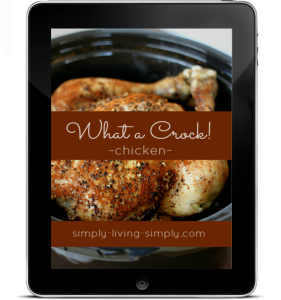
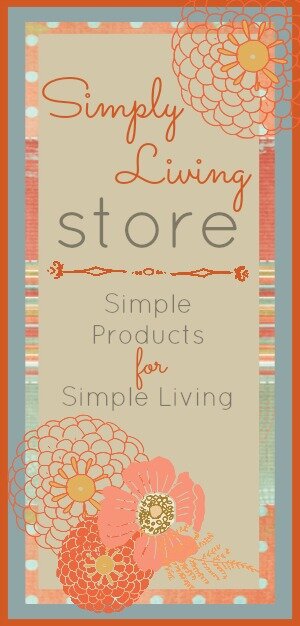
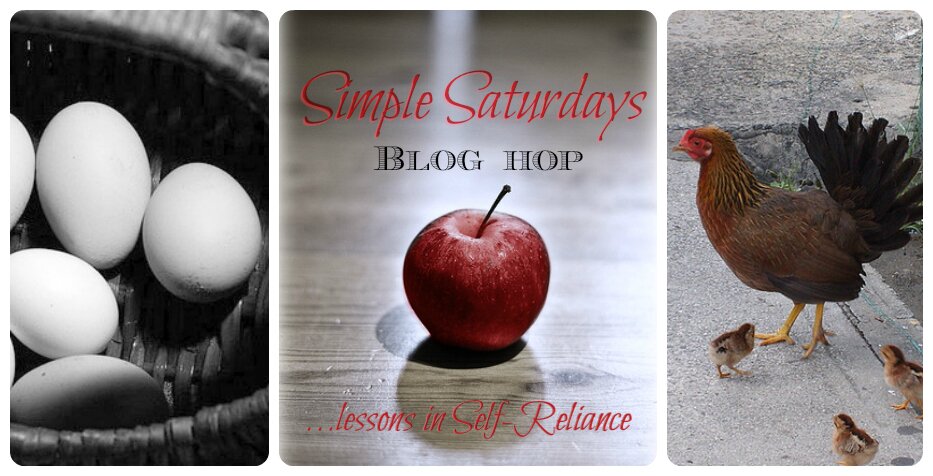

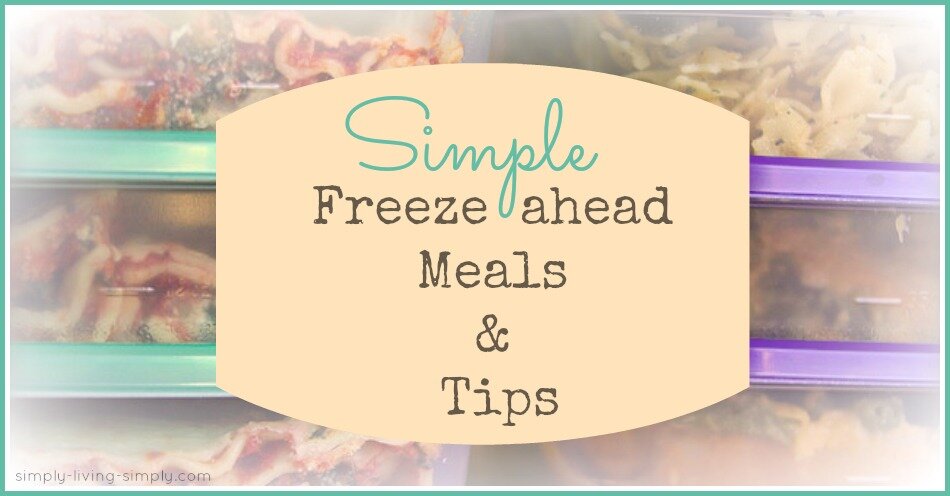

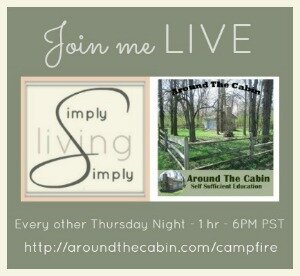
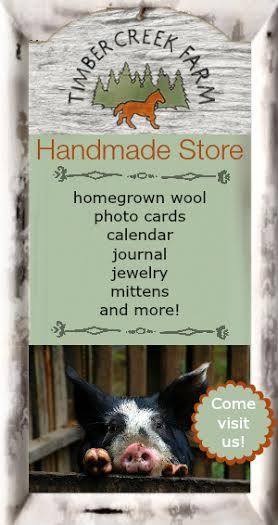

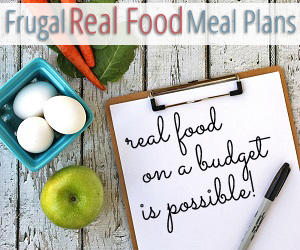





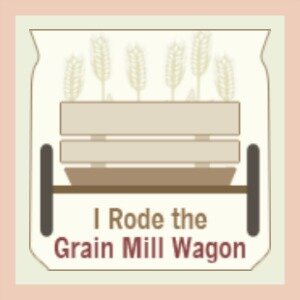







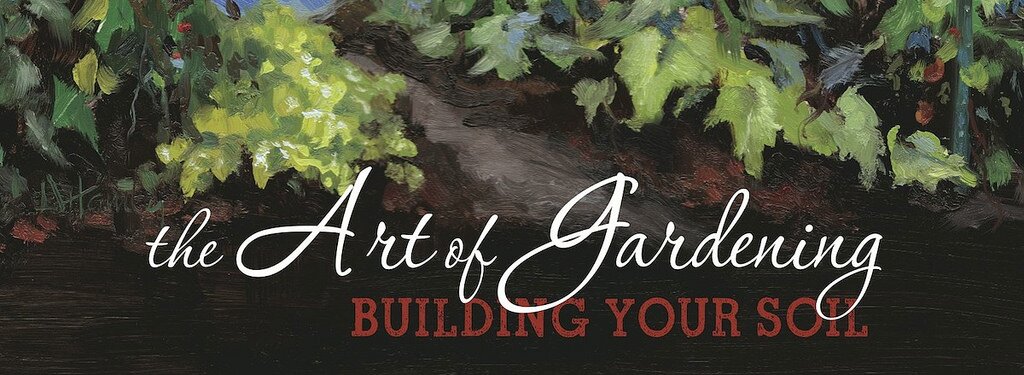
[…] article was written by Kat from Simply-Living-Simply and can be viewed here. Like them on Facebook while you are […]